Tibetan Princess
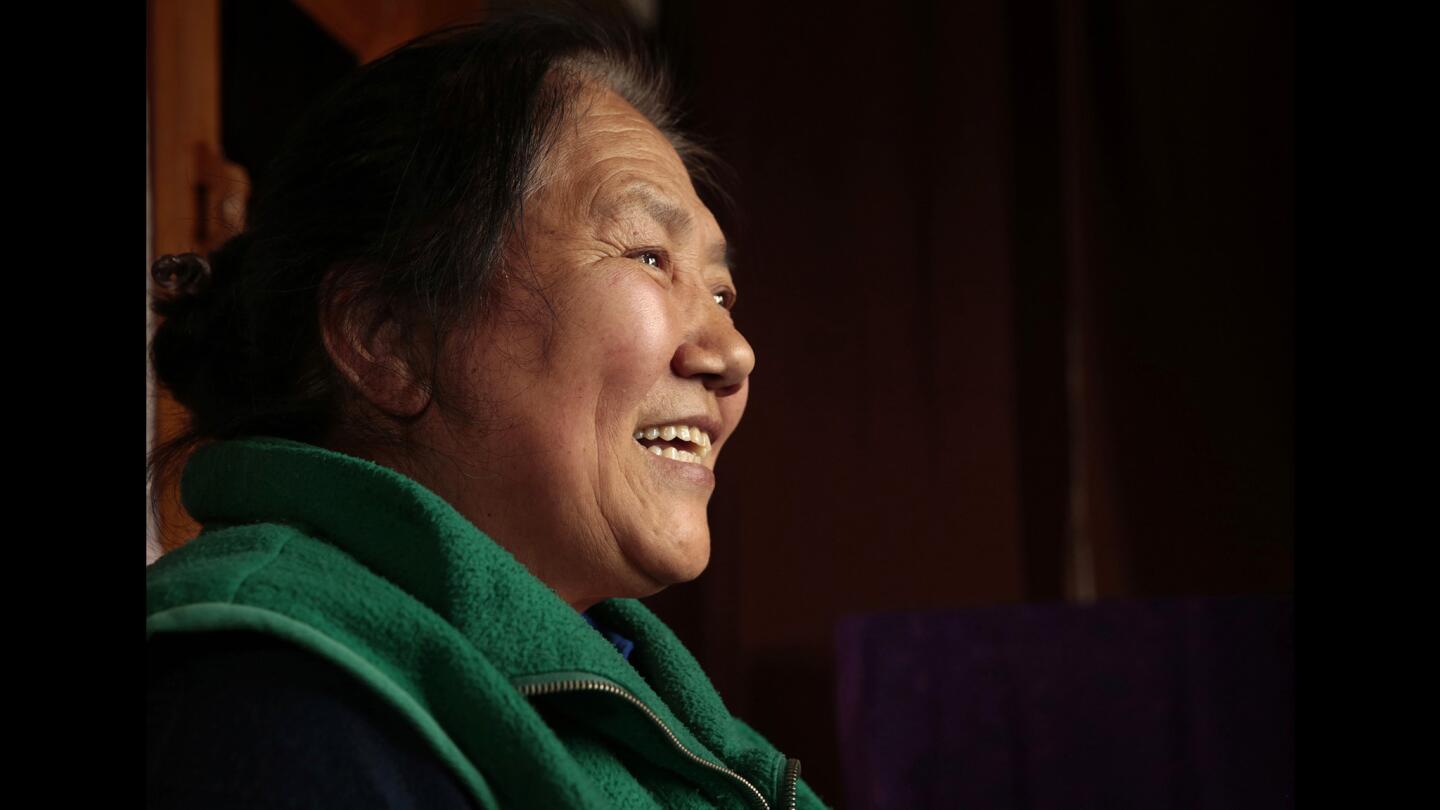
Gonpo Tso is the sole surviving daughter of the ruler of a now-defunct kingdom in Aba, a predominantly Tibetan city in China’s Sichuan province.
(Carolyn Cole / Los Angeles Times)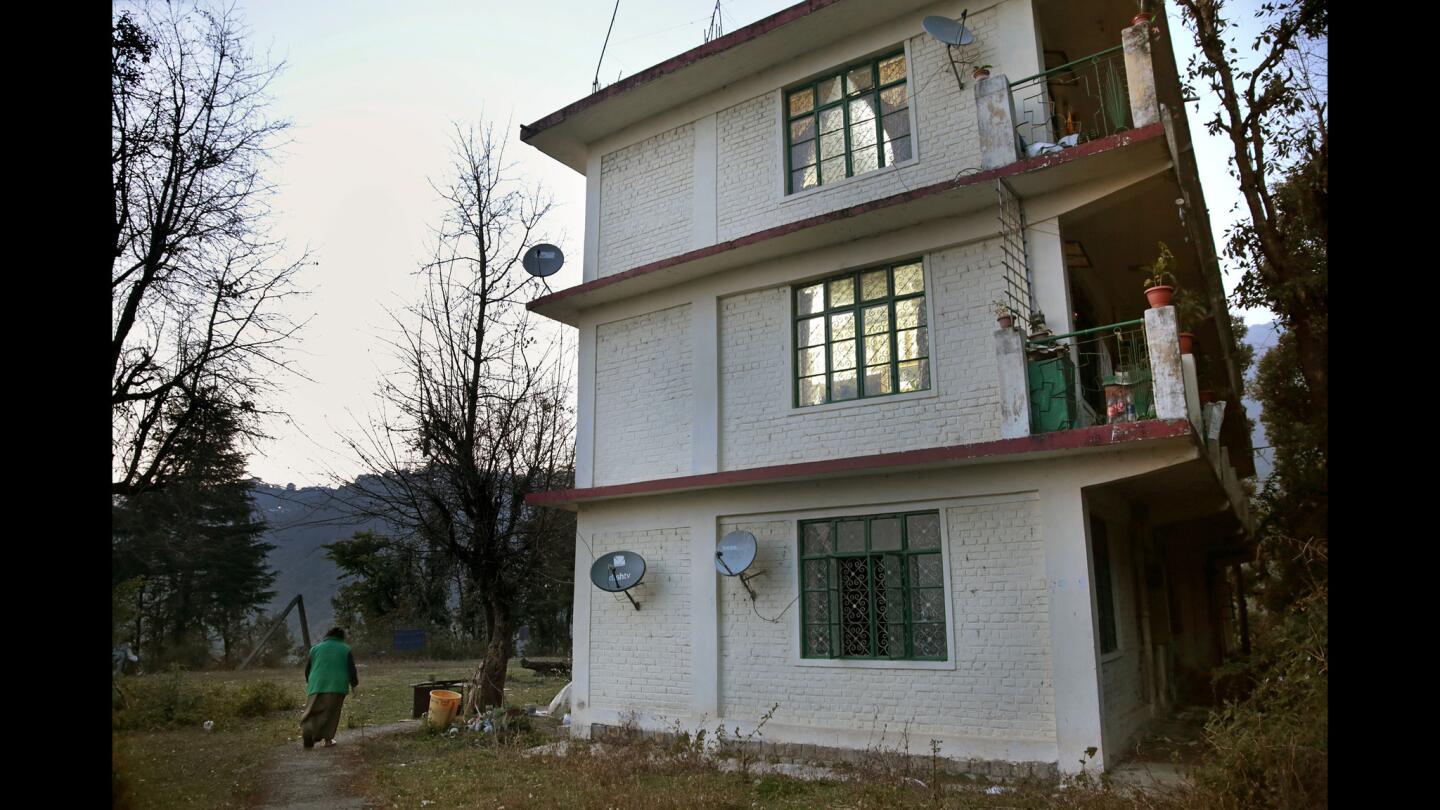
Gonpo Tso, the daughter of a king, once lived in a three-story adobe castle in Aba, China. She now calls a tiny walk-up apartment in Dharamsala, India, home.
(Carolyn Cole / Los Angeles Times)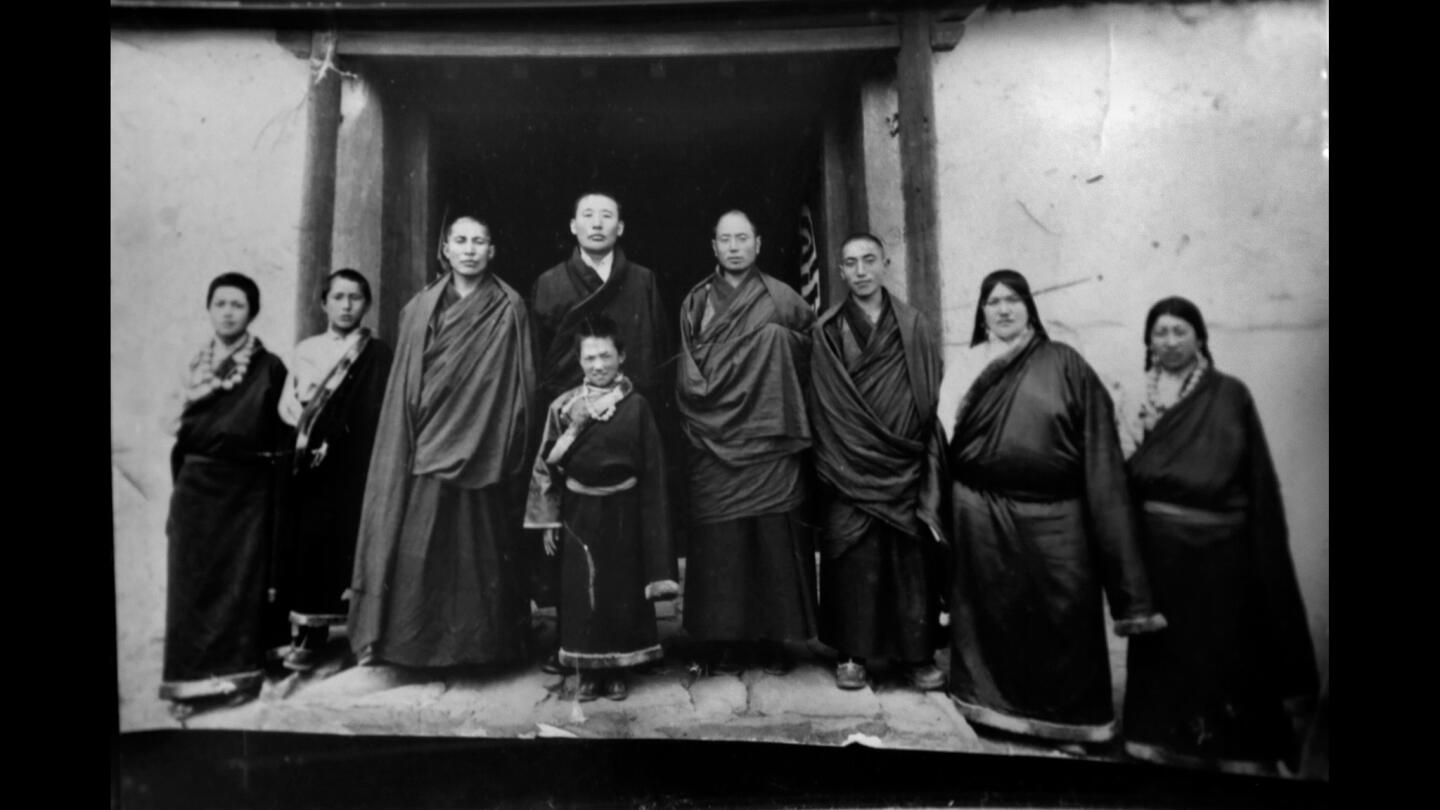
Gonpo Tso, foreground, with her father, the king, Rapten Tinley, fourth from left, and others in Aba, China. Her past, full of reversals of fortune, offers a window on the tortured history between China and Tibet.
(Carolyn Cole / Los Angeles Times)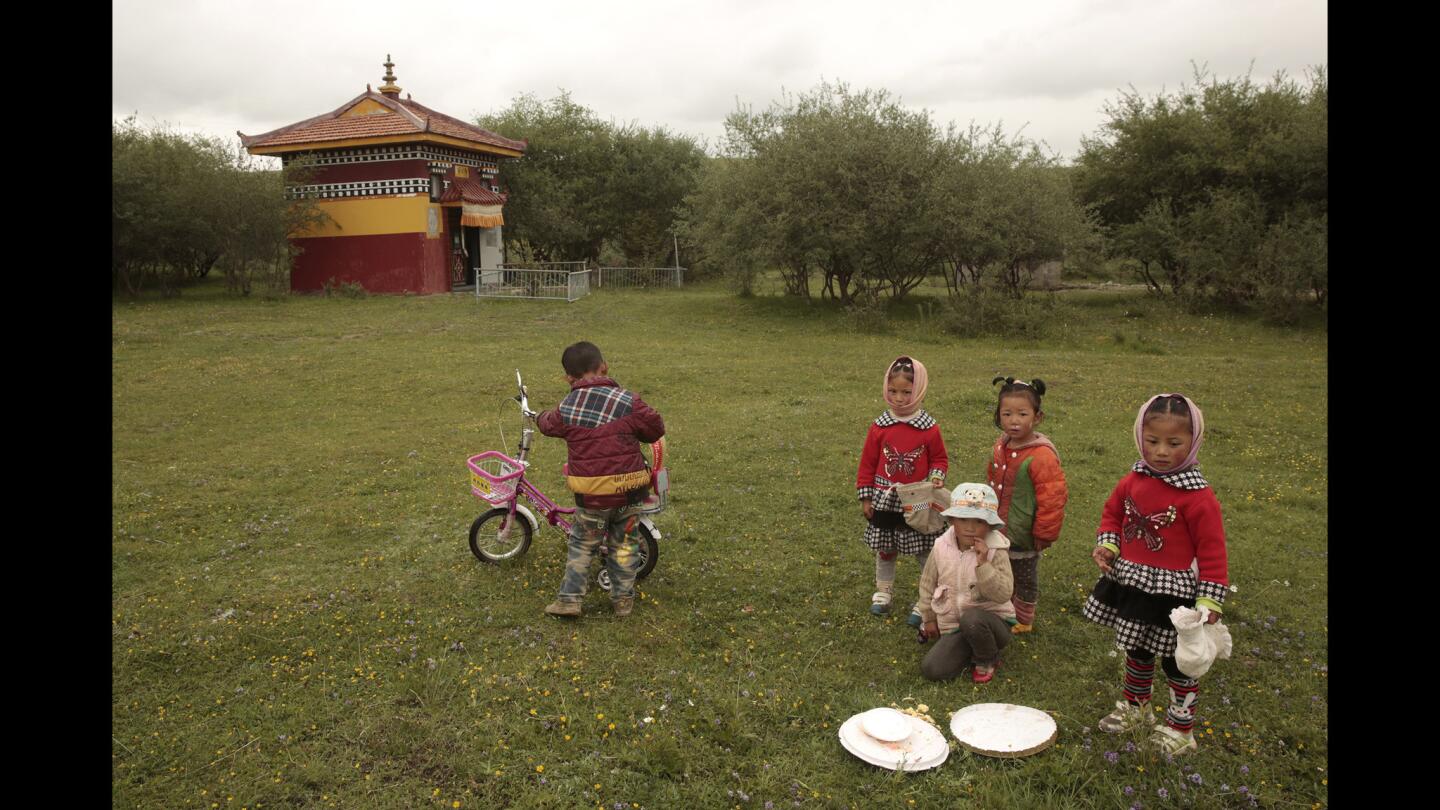
Tibetan children play near a shrine in Aba built to honor Gonpo Tso’s father, Rapten Tinley. His people were fiercely independent; the king reported neither to the Tibetan government nor the Chinese.
(Carolyn Cole / Los Angeles Times)Advertisement
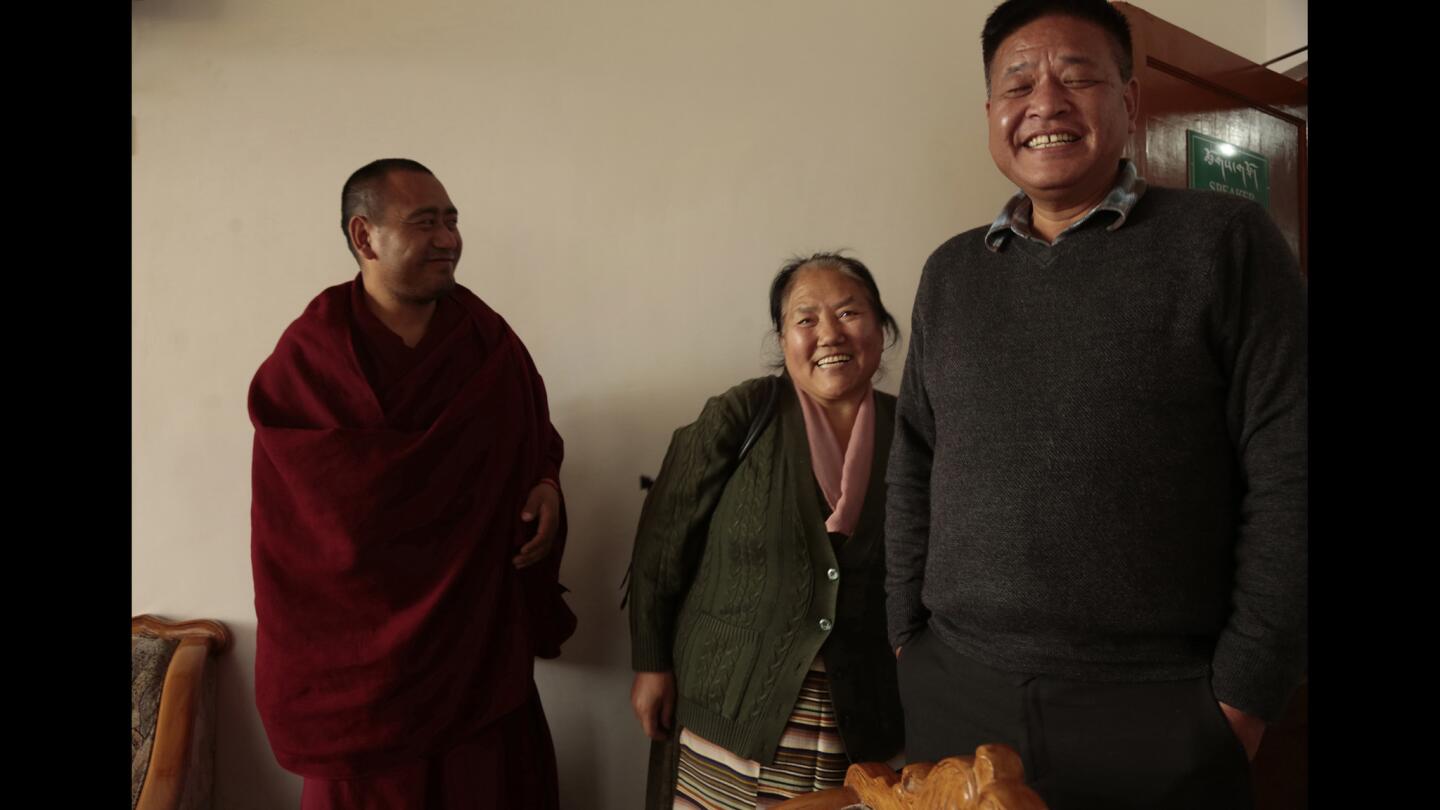
Gonpo Tso is flanked by Tsering Kangnyag, left, a monk at Kirti Monastery in Dharamsala, India, and Pempa Tsering. The princess works for the Tibetan government in exile there.
(Carolyn Cole / Los Angeles Times)
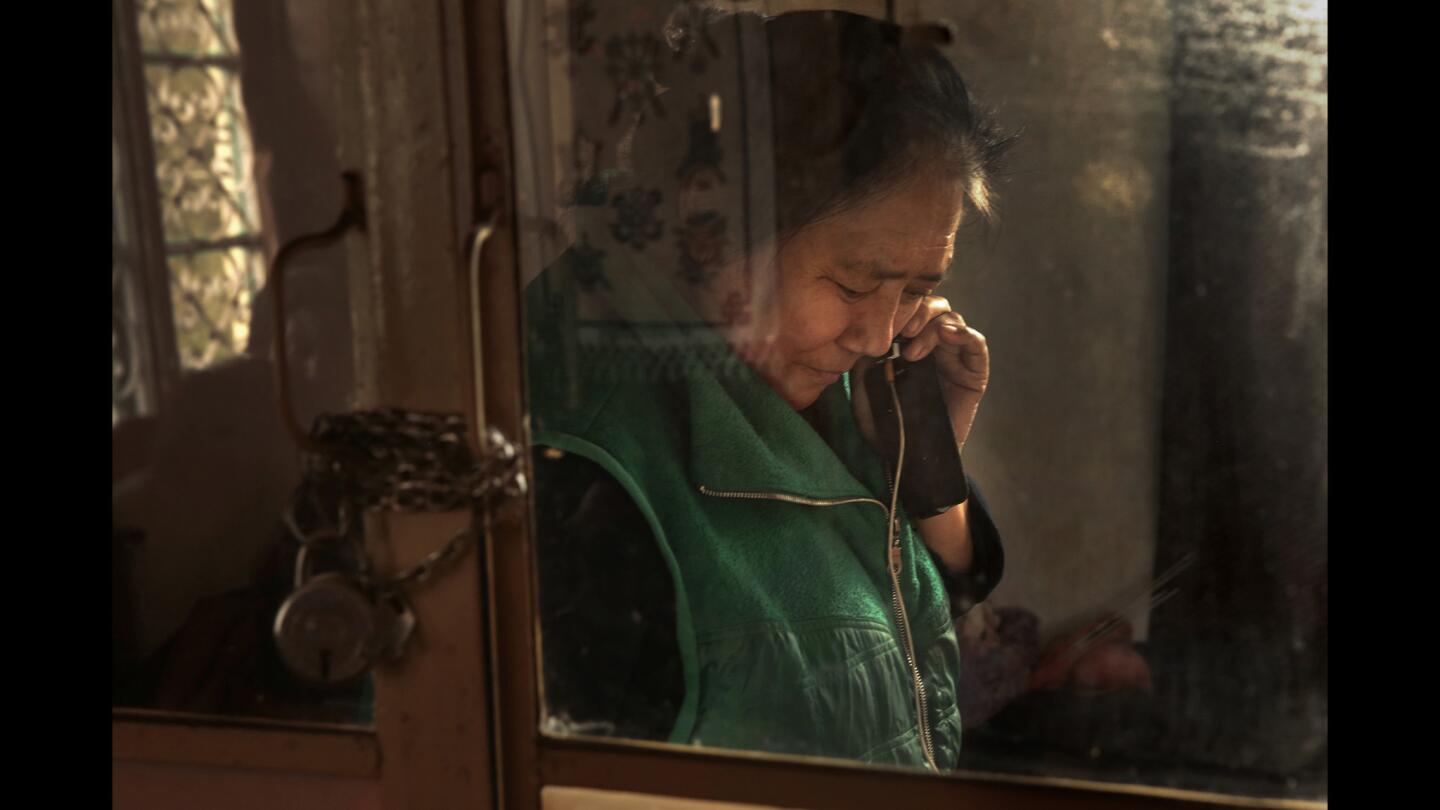
Gonpo Tso has been living in Dharamsala, India, where the Dalai Lama is based, since arriving there on a pilgrimage in 1989.
(Carolyn Cole / Los Angeles Times)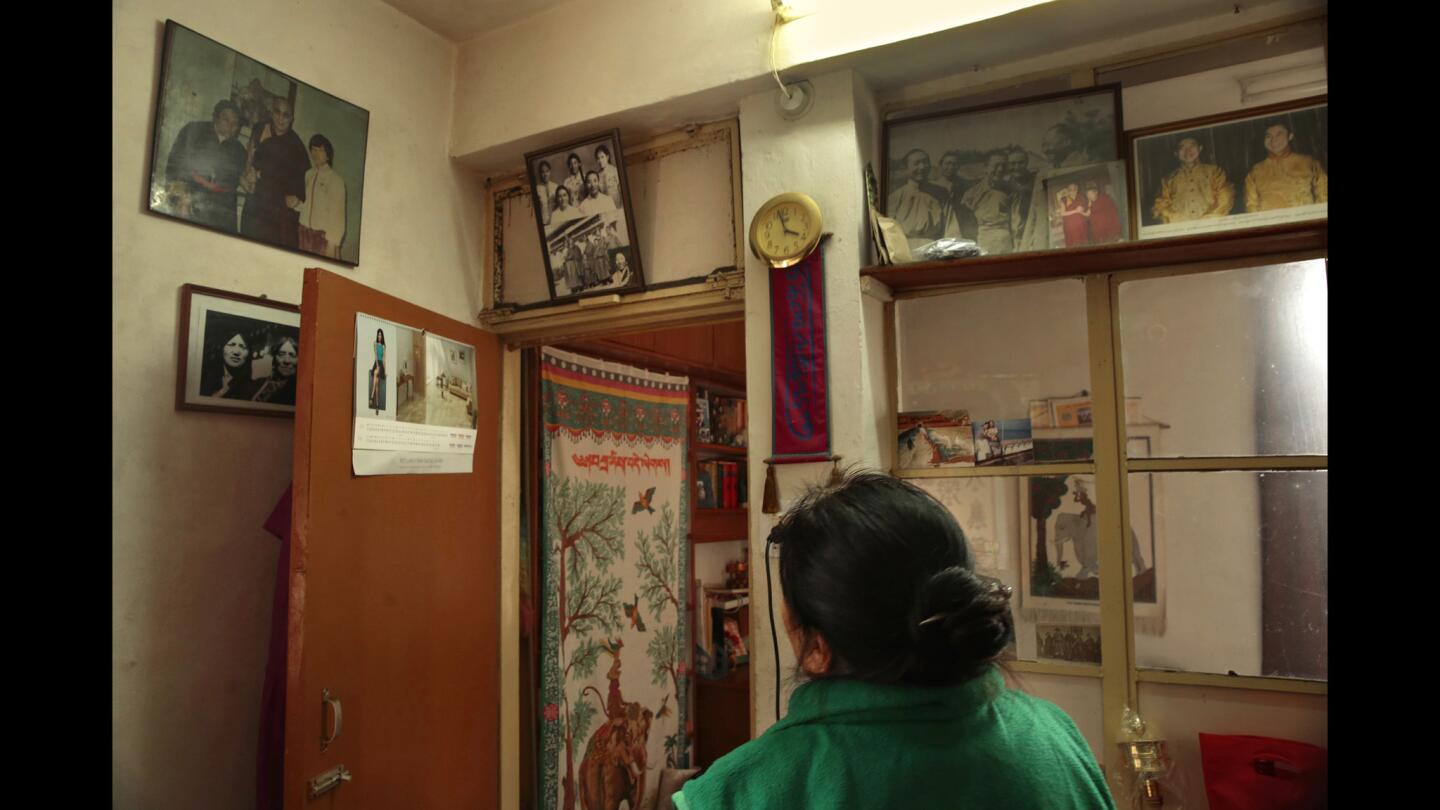
Gonpo Tso was born a princess, but her life of privilege unraveled under the Communists’ rule in China.
(Carolyn Cole / Los Angeles Times)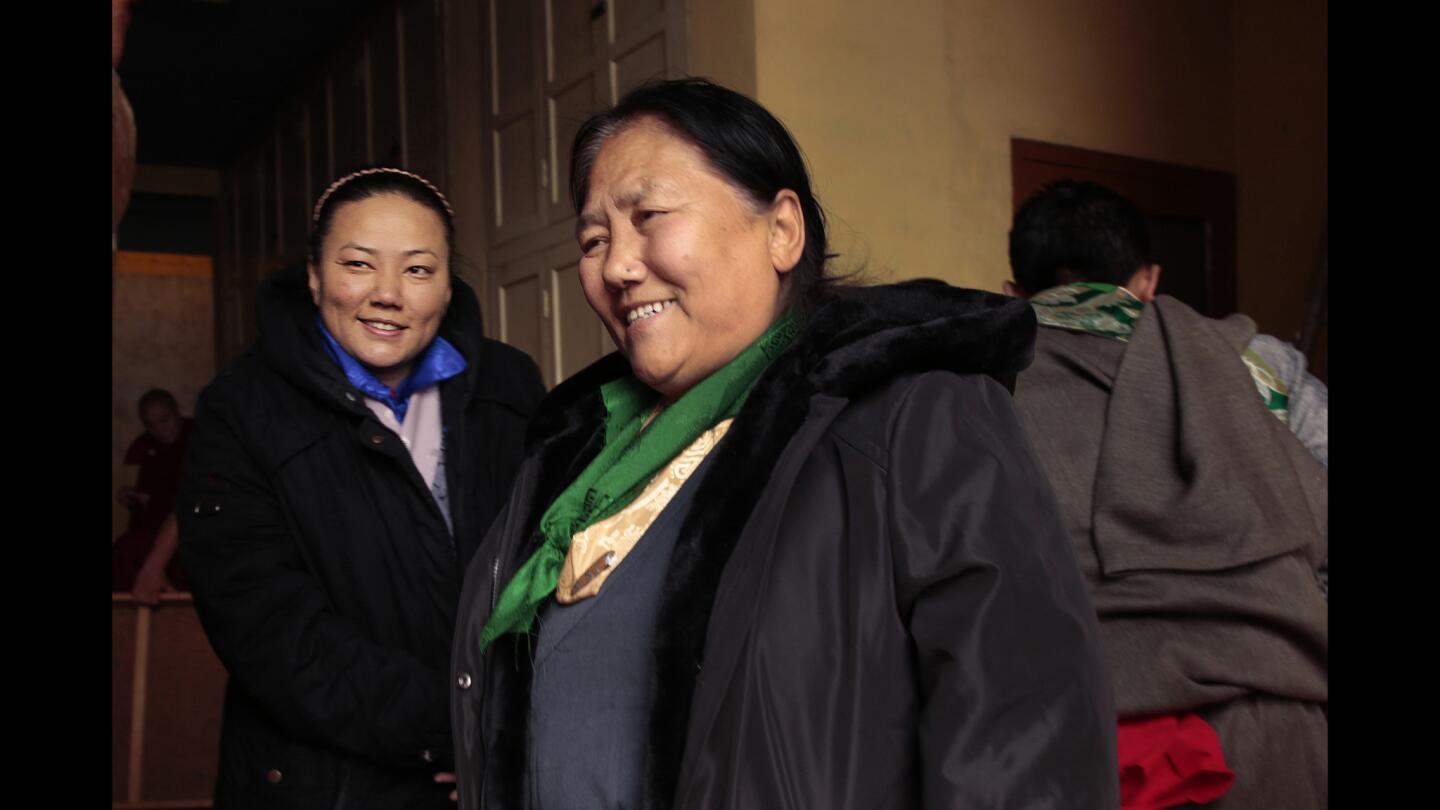
Gonpo Tso, right, with one of her two daughters at the Kirti Monastery in India. “I was the only living child of the Mei king. I felt duty bound to stay here,” Gonpo says of her decision to remain in Dharamsala, away from her husband, who lives in China.
(Carolyn Cole / Los Angeles Times)Advertisement
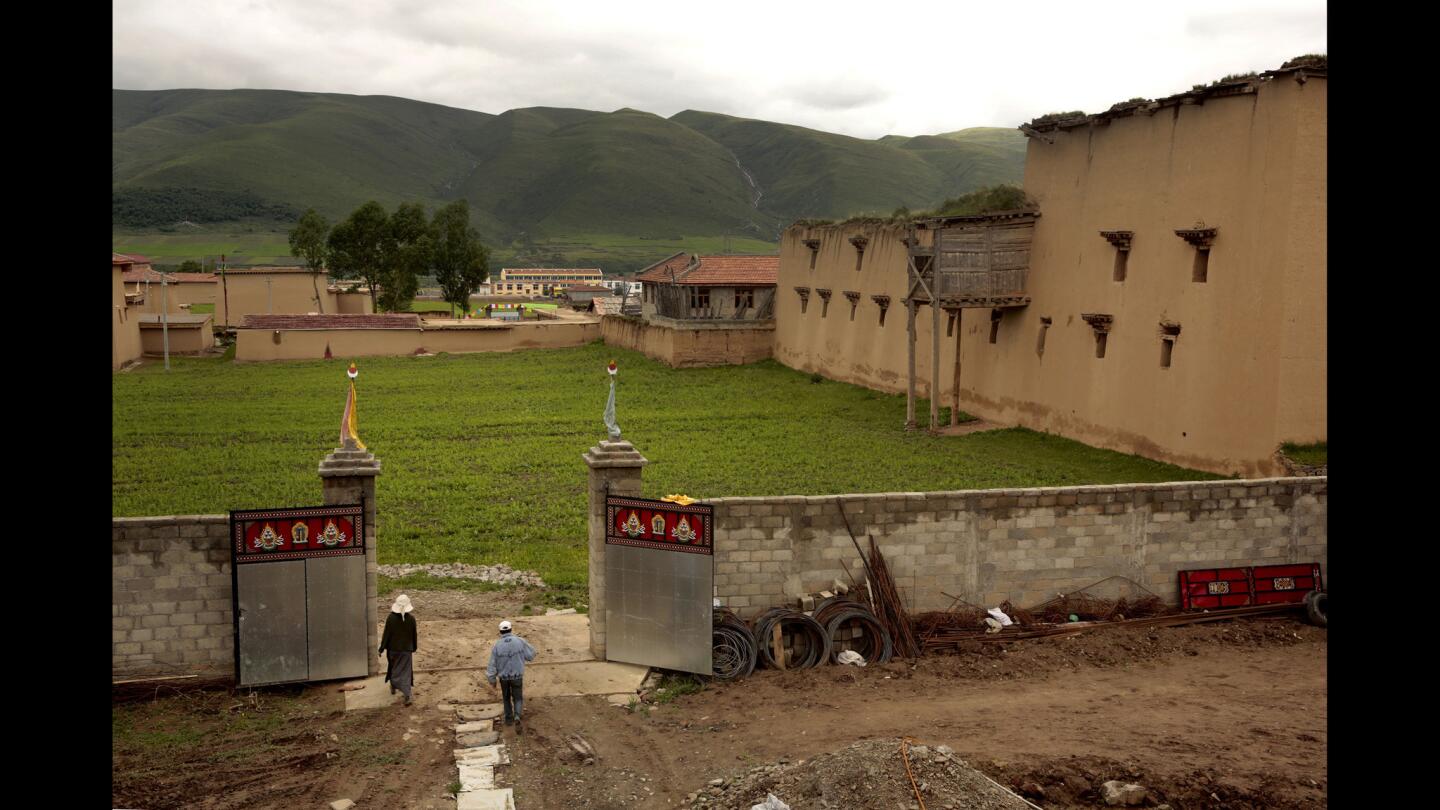
The home of Rapten Tinley, Gonpo Tso’s father, who ruled over a now-defunct kingdom in Aba, China, still stands. The local government seeks to turn it into a tourist attraction.
(Carolyn Cole / Los Angeles Times)






